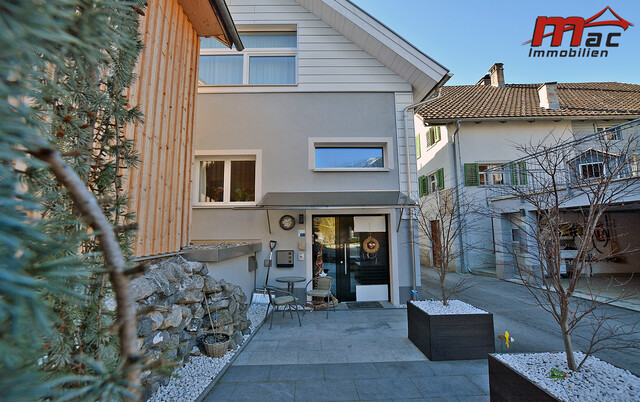Milka Scandal: Buyers Pay Almost 50% More for Shrinking Chocolate!

The chocolate manufacturer Mondelez, which stands behind the popular purple cow, must face the accusation of "shrinkflation." What does that mean? Quite simply: With the same packaging size, the Milka bar no longer weighs the usual 100 grams, but only 90 grams. At the same time, the regular price climbed from 1.49 euros to a hefty 1.99 euros. The result is a hidden price increase of almost 50 percent, which many buyers only notice at the checkout or at home.
"Mondelez shrinks the bar and inflates the price," is the sharp criticism from Foodwatch. For consumers, this tactic is often difficult to see through. A YouGov survey shows that only twelve percent of consumers always pay attention to the fill quantity to uncover deceptive packaging. Most never, rarely, or only sometimes look closely – a feast for clever manufacturers.
Manufacturers vs. Consumer Advocates: The Argument Duel
Mondelez defends itself against the accusations and points to the weight information on the bar and its own website. But Foodwatch counters that the gram number is often cleverly concealed by the packaging flaps on the supermarket shelf.
The manufacturer's justification for the price adjustment is the sharply increased raw material costs. In particular, the cocoa price has almost tripled in the last twelve months and reached a record level, according to Mondelez. Energy, packaging, and logistics also remain expensive. The weight reduction is therefore necessary to remain competitive and not have to compromise on taste and quality. An increase in the selling prices to the trade was the "last resort."
For Foodwatch, however, this argumentation is a scandal. The organization points to the consumer price index of the Federal Statistical Office, which shows that chocolate prices have only risen by eight percent between early 2024 and January 2025 – far from the up to 64 percent that Mondelez has added to Milka. Moreover, Mondelez has proudly announced in its own financial reports that it benefits from low production costs. The company seems to follow a clear strategy: rising costs are passed on to consumers, but falling costs end up in its own pocket. It is not the first time that Mondelez has been criticized; the company has already been fined millions in the past for illegal price-fixing.
Calls for Transparency: What Politics and Consumers Demand
The issue of deceptive packaging is a constant annoyance for consumers, as studies show. The Hamburg Consumer Center had already named the Milka bar the "Deceptive Package of the Month" in February 2025 and, like Foodwatch, calls for decisive action from politics.
In countries like Hungary and France, food retailers must already label deceptive packages with clear notices on the shelf. Brazil goes even further and requires warning labels directly on the packaging. In Germany, however, such regulations are lacking despite repeated announcements and promises in the coalition agreement.
Consumer protection organizations like Foodwatch use campaigns such as the "Golden Windbag" to draw attention to the lack of transparency. This year, alongside Milka, other products were also up for selection, which aimed to deceive consumers with questionable promises or hidden tricks – including an iced tea that promises "beautiful skin and nails," and a chocolate bar that claims to relieve menstrual pain. Products that conceal their origin also frequently end up on the negative list. Prominent past winners like the drinking yogurt Actimel, the milk slice, or a children's fruit snack show that the problem is deeply rooted in the food industry.
It remains to be seen whether public pressure will finally prompt politicians to introduce clear labeling requirements and protect consumers more effectively from hidden price increases. Until then, buyers are advised: keep your eyes open and look closely!
Frequently Asked Questions:
What is Shrinkflation?
Shrinkflation (from "shrink" meaning to shrink and "inflation" meaning to inflate) refers to the practice of manufacturers reducing the quantity or size of a product while keeping the price the same or even increasing it. This leads to a hidden price increase per unit of weight.
Who awards the "Golden Windbag"?
The "Golden Windbag" is a negative award given annually by the consumer organization Foodwatch for the most brazen advertising lie of the year. The decision is based on an online survey where consumers can cast their votes.
How can consumers protect themselves from deceptive packaging?
To protect themselves from deceptive packaging, consumers should always check the net content (weight or volume) on the packaging and relate it to the price. Looking at the base price per 100g or 100ml can reveal hidden price increases. Additionally, it is helpful to regularly stay informed about current cases of deceptive packaging through consumer centers and organizations like Foodwatch.
This article has been automatically translated, read the original article here.
Du hast einen Hinweis für uns? Oder einen Insider-Tipp, was bei dir in der Gegend gerade passiert? Dann melde dich bei uns, damit wir darüber berichten können.
Wir gehen allen Hinweisen nach, die wir erhalten. Und damit wir schon einen Vorgeschmack und einen guten Überblick bekommen, freuen wir uns über Fotos, Videos oder Texte. Einfach das Formular unten ausfüllen und schon landet dein Tipp bei uns in der Redaktion.
Alternativ kannst du uns direkt über WhatsApp kontaktieren: Zum WhatsApp Chat
Herzlichen Dank für deine Zusendung.








